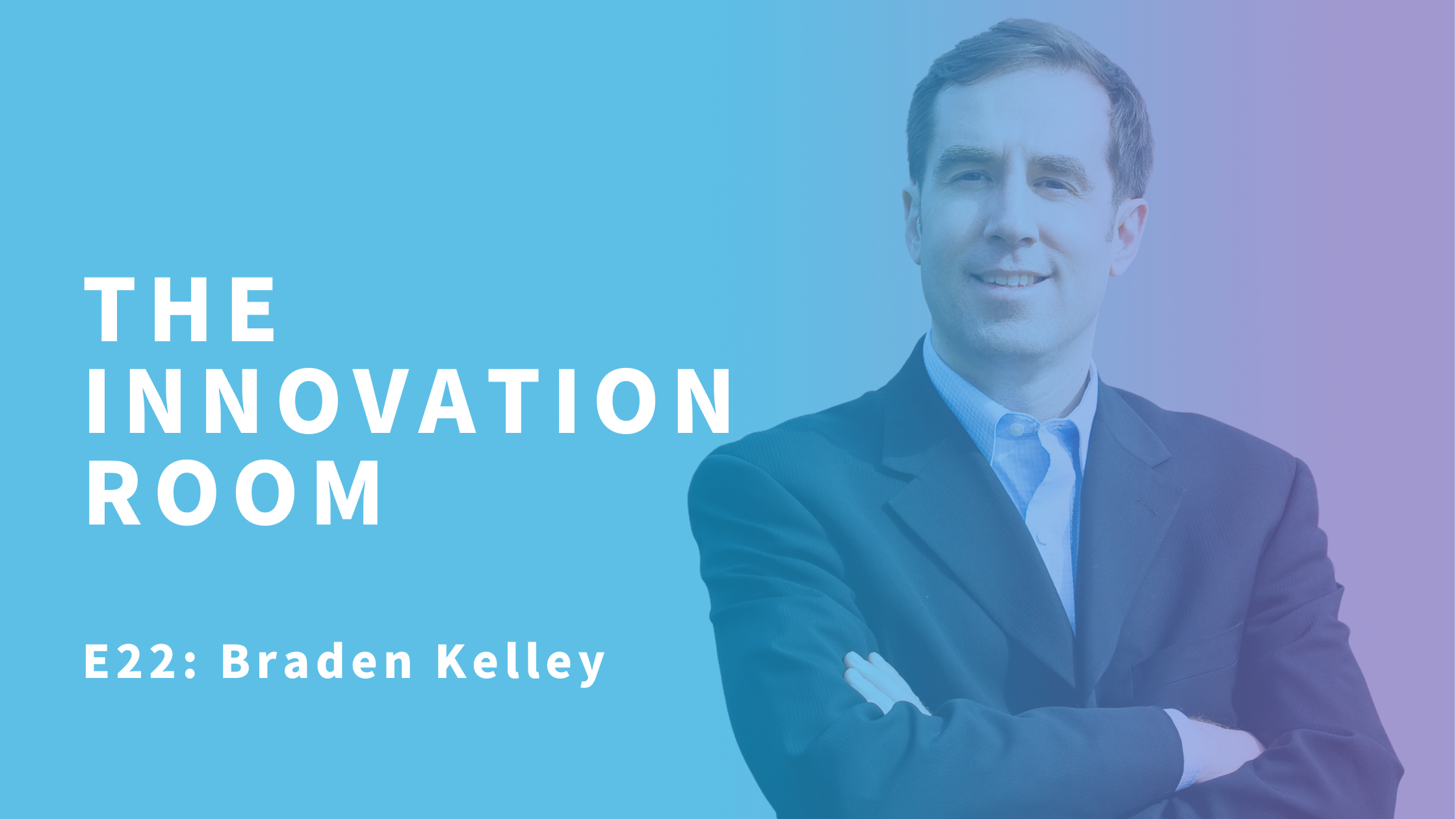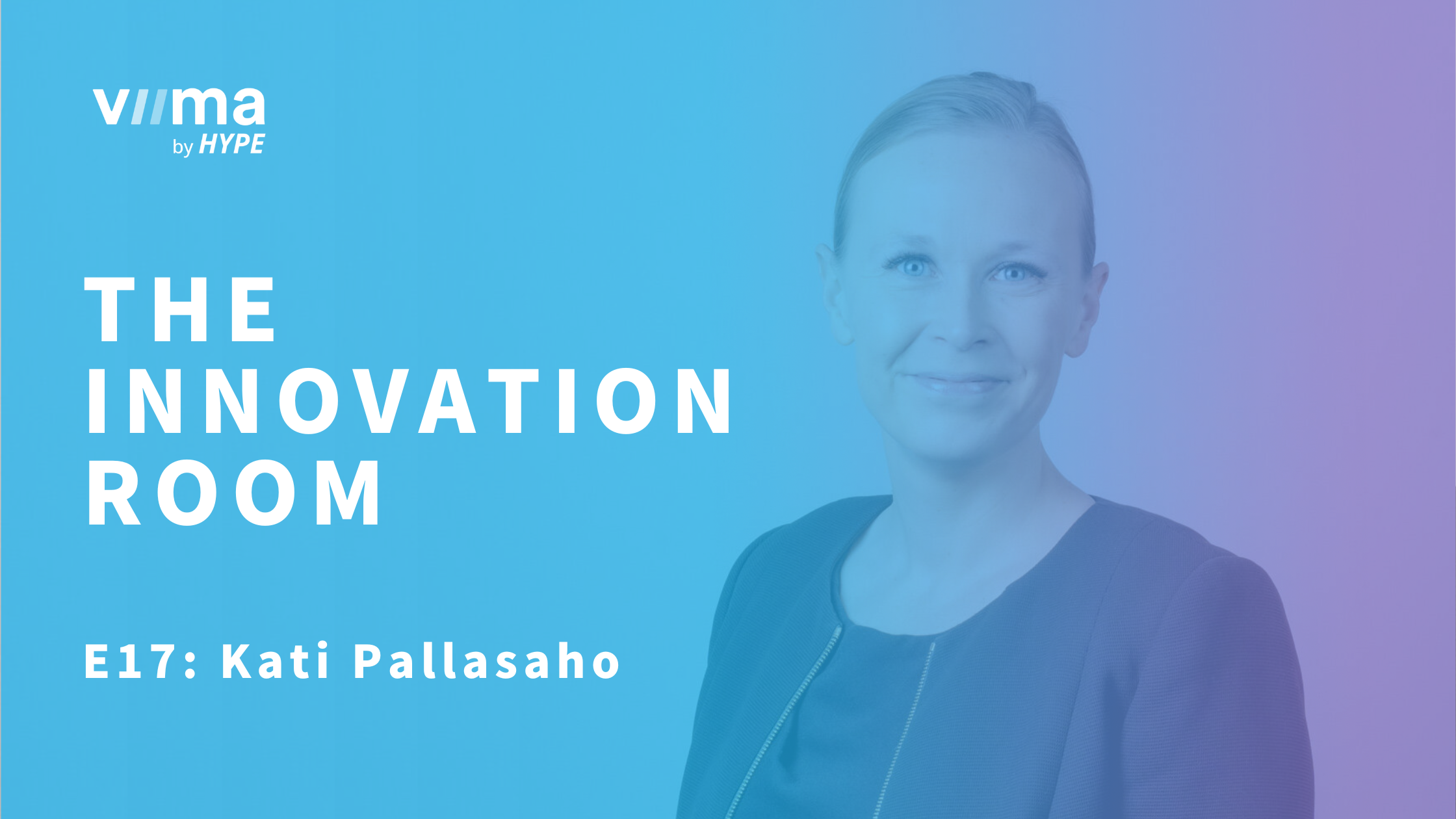Sustainable Innovation with Sandra Fernholz
Today I have the great pleasure to chat with Sandra Fernholz on the topic of sustainable innovation. Currently, Sandra is the Head of Social Impact & Sustainability at HYPE Innovation. She kicked off her career in the field from pre-sales positions going into management and now she's inspiring innovators all around the world to innovate sustainably.
I personally like to think that our work does not define us. So just before this call, I asked Sandra to share some things that are important to her outside of work, and this is what she had to say.
She buys fair trade clothing, has never owned a car, but it's a huge fan of public transportation and biking. She shares a garden with her friends where they plant their own vegetables. And on top of all that, she still finds time to volunteer. She volunteers at Bonn World Shop to promote fair trade products and the general concept of Fair trade.
Table of contents
Could you tell us about your worldview and how that brought you to the current position, and what exactly does your job entitle?
Sandra: I've been with HYPE for six years but I didn't start in this position. However, I really cared about sustainability from the beginning. It has always been important in my life and it just grew even more over time. When I was managing our U.S. team I was on a lot of flights, and I didn't feel good about travelling so much because of all the CO2 emissions.
So, I started to drastically reduce my meat consumption, for example. To this day I still don't eat a lot of meat.
It's just something that started happening over time. I've always volunteered, my entire life I've done something in the social space and then the ecological part also grew. At some point, this role opened up and I was really happy to take it on.
There are two parts to the job. There's an internal part where I take a look at our own carbon emissions, gender equality, sustainability issues and ways to move forward.
But then I'm also a part of our consulting team. Since HYPE is an innovation management company, we do software and consulting for innovation management.
Sustainability is added on top of that. When I do regular innovation consulting work, I also consult on sustainability and innovation: how can innovation be the vehicle to get you to be more sustainability? Why is sustainability important for innovation? How do those two go together, and finally, what can companies do to incorporate it? That’s the role.
What would you say have been your favorite examples of companies innovating in a sustainable way or adapted innovations in an inspiring way?
Sandra: There are a lot of examples. Many of our clients are innovating for sustainability. It's a huge topic now. At our last big conference in Boulder in Colorado, sustainability was one of the major topics of discussion.
I think one of the projects that I really like is something that Saint-Gobain does. One of their fields is glass production and they initiated the so-called Carbon Fund. Currently present in the Northern European region, with around 46,000 people from different countries. They have established an internal carbon price. So, one ton of CO2 costs 50 euros and whenever they reduce emission anywhere outside of production, then 50 euros for each ton that has been reduced goes into the Carbon Fund.
The Carbon Fund is meant to reduce their emissions within the production area, which is where they produce most emissions. So, by innovating in other areas they generate money and invest it into the most urgent and impactful areas. I think that is a very powerful concept. They don't work with offsets or things like that, but they rather keep it in a virtuous cycle.
Do you have a smaller scale example? If we look at companies that are not in the manufacturing industry, but let's say is a consultancy agency, how could they create sustainable innovation?
Ecological sustainability in services doesn’t come up as often in conversations because they have the luxury of not producing anything (that polutes). By their nature they don’t have a lot of waste or CO2 emissions.
However, we can still go into other areas. For example, one of the universities that we work with, did an anti-racism campaign. They went out and they asked their students, their faculty members, their staff – how can we not just reduce racism, but how can we be anti-racist? In this specific department that we're looking at, what are the measures that we need to have? How can we have more diversity? How can we make sure that people feel good?
When we talk about sustainability, we have ecological, and social sustainability. If we take a look at the UN Sustainable Development Goals, there's 17 of them and they go from zero hunger, to no poverty. They also go into climate change and life on land, life on water and so on. There are always different sides. I think that every organization can contribute to some of the these goals and improve on them.
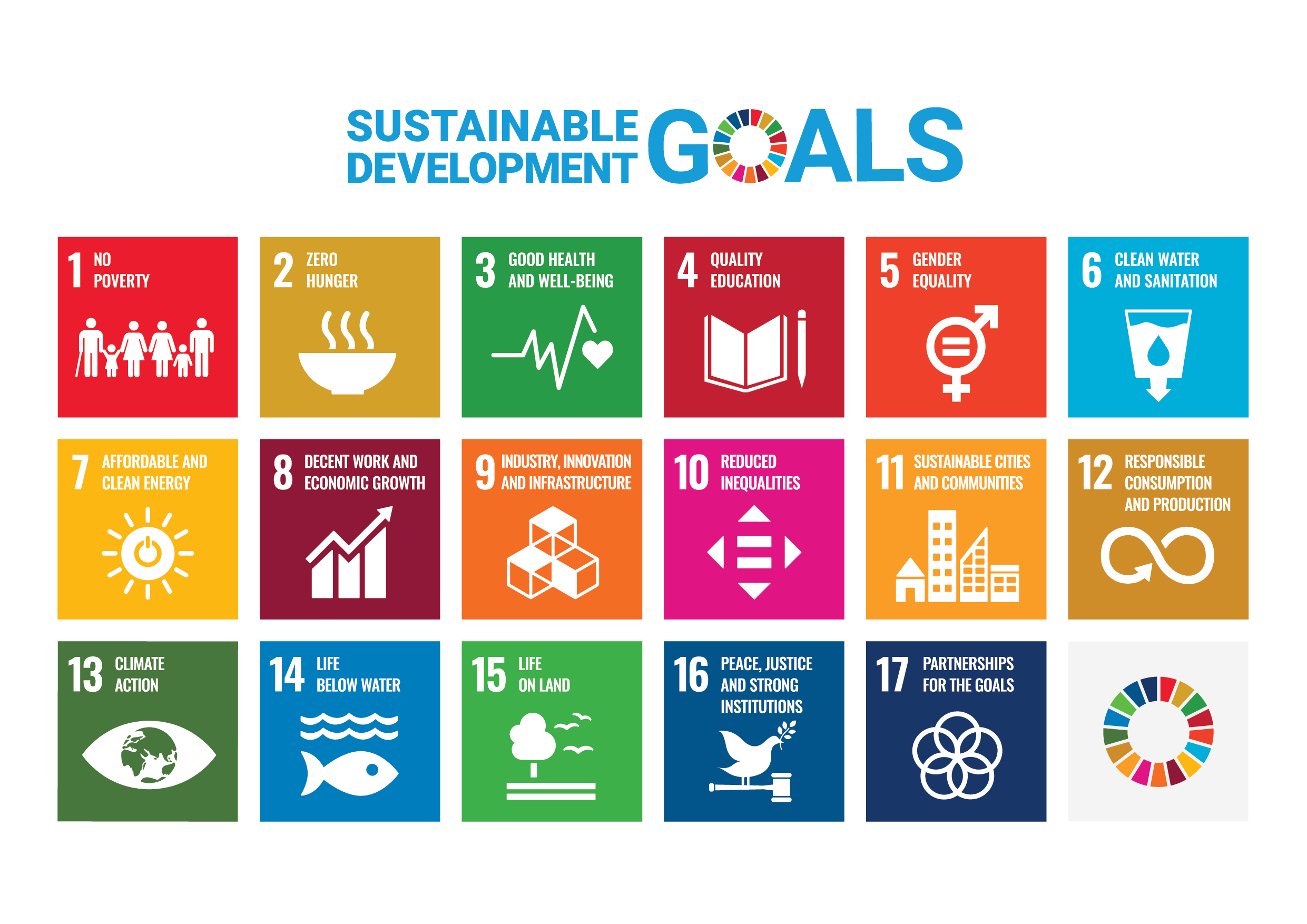
Could you explain what is sustainability in your line of work? It’s such a big topic and we mostly tend to think about recycling, reusing, repairing etc. However, we also have the innovation, and the social sides that you also mentioned.
Sandra: I think a great way to look at it is through the lens of the World Council for Sustainable Development. They got together in 2010 and talked about the vision for 2050. They said "we want to have 9 billion people all living well in the boundaries of one planet”. That's sustainability in a nutshell.
So, what does that mean? We have two sides.
- We have the social side with the human development index. The HDI takes a look at how well people live – do we have equality? Do we have poverty? Do we have education? And similar factors.
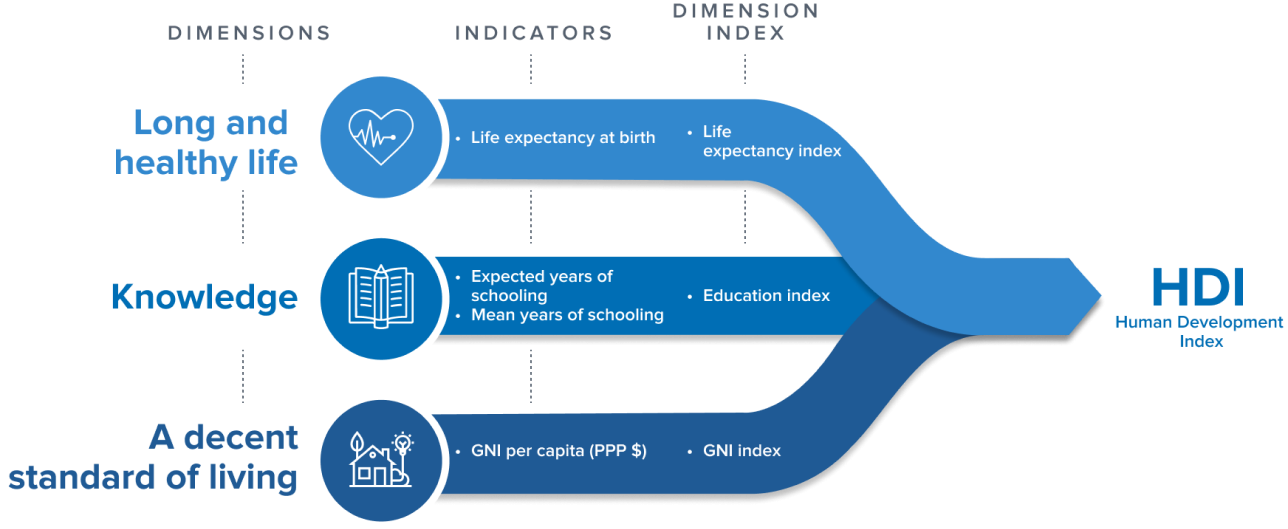
2. Then we have the ecological side. Are we using more resources than the planet can recover, reproduce?
We have this one quadrant where people live well on the social side and they live within the boundaries of the planet. That’s where we want to be.
However, not a single country in the world is in that quadrant right now. But we must move into that area (and that's why the SDGs exist). For some countries it means that they have to get a lot better at education, rights for girls, or other aspects. We need to move from the left to the right.
On the other hand, other countries are very developed from a social point of view. People are, in general, living a good life in these countries, but they consume way too much water or emitting way too much CO2, or are not dealing well with the resources of the planet.
Here we need to move, from the top down. The movement that a country needs to make is very different depending on where they are on that scale. And the challenge that we see here is that oftentimes when the Human Development Index goes up, so do resources.
When somebody is living a good life, they want to travel, they want to have a big house, a big car, etc. Naturally, the curve is from the lower left to the upper right, but that's not where we should end up in the end. Basically, we need to be at the bottom right and the movement to get there is different.
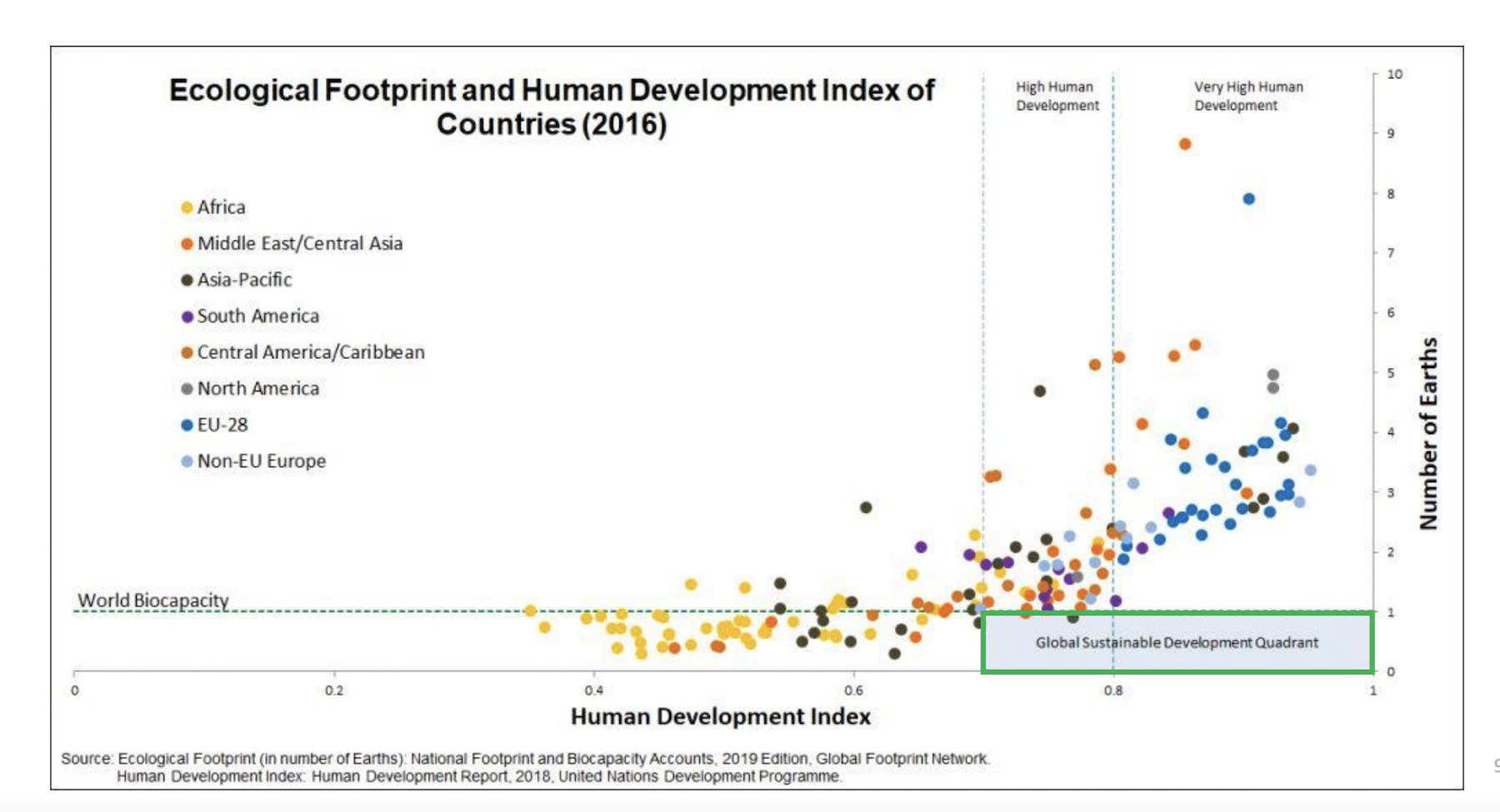
Many of these powerful organizations are international so they have several locations around the world, hence different challenges. The good thing is that you can see in these individual locations the biggest challenges. Does your community need more support? Does the environment need more support? Is it both of them? How can we move in the right direction?
That's where corporations and in general organizations can play a really big role when it comes to sustainability. Sustainability is based on these two axes, which you might have heard of as ESG: environmental, social and governance.
The environment and social aspects are next to each other, and governance is something where we can make sure that things are being followed through. So, we create the right structures, we measure things, and we make sure that we're moving in the right direction.
There are so many words out there for sustainability and CSR and ESG and all of these different things. In general, what it means is that we need to make sure that humanity can survive, this is not about the planet surviving.
The planet will survive. It doesn't really care that much if we're on it or not. But we should care about that. That is the environmental aspect. But a lot of environmental aspects are connected to social aspects. The social perspective is crucial, and we cannot forget about it. If you take a look at the dependencies between them, we have to combine those two.
I recently read an article, in Nature, on the topic. They talked about the actions of the top 1%, the richest people on the planet that had a huge influence on the environment. Way bigger than the influence of millions or even billions of other people.
The more inequality we have, the more we hurt the environment. That's why reducing inequality and ensuring that people have more opportunities is so essential for the environment.
Outside of technical solutions, where do sustainability issues and innovation meet?
Sandra: Basically, innovation means that we create something new.
It's not an abstract concept, it's something that we implement. That's innovation per se – not something good or bad, just something new. Then you look at its consequences and implications.
Sustainability has a specific direction usually – environmental or social. Innovating for sustainability is often when we want to come up with something new in the area, but we also want to generate profit.
Profit is important to for-profit organizations but, it should not hurt the environment, or it should be good on the social side. That's how you would innovate for sustainability.
Sustainability is playing a bigger role in innovation nowadays, and that has to do with multiple factors.
On one hand, we have regulations and laws that mandate what you are not allowed to do. For example, you run a big chemistry company so, you're not allowed to dump your waste in a river. Then, maybe you should innovate now (or decades ago in some cases) around that.
Or maybe you need to redefine the process. If you cannot dump it in the river anymore, what else can you do with it? How do you filter waste and clean up things? That's sustainable innovation driven by regulations. And politics plays into that.
For example, if you're operating in a country with a CO2 tax, you might consider reducing your impact on the environment, as well as save money. You don't want to pay a very high tax that is constantly increasing over the next years. In that case, you are changing the way you're producing. It can be an energy saving initiative or something similar. It doesn't even have to be a full-on innovation.
It can be a continuous improvement activity where you want to reduce greenhouse gas emissions.
If you produce, for example kitchen appliances, you can innovate specifically for a more energy efficient oven or refrigerator.
These are different examples on how you can start off with sustainability. You can ingrain it, anchor it and at the beginning of the process commit that it is something you want to consider as the main purpose you want to go for.
Throughout all that you just covered, I hear these three main things: social, environmental. and profit, because that’s the goal of most organizations.
This is the so-called triple bottom line – profit planet, people, a very interesting framework.
Could you give a short introduction to it? How can companies implement it and translate it into business?
Sandra: Let's start with the bottom line, something every company knows about. In short, the bottom line is about making a profit.
When we talk about the triple bottom line, we expand that concept, and we add two additional pillars. To profit we add people and planet – the social and the environmental aspects.
Profit is important even to non-profit organizations. If you don't make money you go bankrupt, you have to let your employees go, you can no longer advance things so you can no longer affect change.
So, even if you break even, and you don't have any profit, but you covered all the costs, you still need money to operate.
People and planet are added on to that, so we don't focus solely on profit without taking anything else into consideration. It’s no longer about making money and not caring about the consequences on the environment, and on the communities.
You also measure other things, like the social and the environmental aspects. Organizations are already doing this today through sustainability reports. Every large organization has a duty to do a sustainability reporting, to show what they're doing, the goals they set and what they want to achieve. This method reveals gaps.
It shows where you are today and where you need to be in 2030. This is something that we're still working on, and we do that with innovation.
The triple bottom line is established through or is reported on through these sustainability reports. Many organizations still struggle with this. The sole goal of profit is still deeply ingrained. With the two extra pillars, they try to find the balance.
Right now, we have a crisis caused by the war. Supply chains are interrupted, so we need something new.
But what if the new supplier doesn't comply with the required environmental and that is the only option you have? You either stop manufacturing or I consider the new supplier. Such decisions are difficult and are taken on a case-by-case basis. It depends very much on the manager, those in charge and on the situation.
You talk to innovators almost every single day. I assume that you hear the same concerns or questions around sustainability. What is your approach on these challenges?
Sandra: Organizations that are more mature in sustainability don't face some of the issues that others just starting off are facing. Some of those that are just starting off are more concerned about convincing management, sending the message of sustainability across, and its importance.
I believe that most organizations have passed that stage already. Many organizations are currently in the stage where they care about sustainability and they try to consider it, but they don't really do a lot about it yet.
Considering sustainability means adding an extra layer to the entire organization, which is hard. It requires a change in management, in people's mindset and the general approach. It takes time.
Things should change fast. But we don't have the resources, the capacity, or the money. How to do all this while keeping the company afloat? Innovation managers know they have to always push forward and that's where sustainability meets innovation too, as you also have to push forward for sustainability.
Do you have any practical advice on how to address these challenges? How can people communicate the importance of sustainability to those who are mostly focused on one bottom line – profit?
Sandra: There's a whole variety of arguments why sustainability is important for your organization. Depending on who you're facing, I would approach it differently.
People who are facts-oriented want to see numbers. When you talk to them, you also have to consider their point of view.
For example, let's take a look at Black Rock, the big investment company. Their CEO, Larry Fink published his CEO letter this year where he talked specifically about impact investment and sustained investment into sustainability. He also mentions hard facts and talks about the $400 trillion global financial assets, and the opportunities for growth.
Then, consider your customers, whether you are a B2C or B2B. As a B2C, the pressure is growing as consumers want to see more responsibility and sustainable action. Unless you innovate in that area, and consider sustainability, you might lose market share. That immediately influences the bottom line, your profit.
Look at regulations that you have to adhere to, and if you're losing money because of different sustainability laws. If you want to convince someone who is big on numbers, there are plenty of hard facts that you can find to point at.
There's also the emotional argument, if you talk to somebody driven by emotions. Many people tend to be driven by both, but in different proportion. If you have somebody who's more emotionally driven or also emotionally driven, then you can talk about the future of the planet.
If they're rather young, ask how they imagine their life in their 50s or 60s. For someone who is older ask what they want for their kids or grandkids. It sounds like it will never going to work, but it really does.
Many managers are driven by the impact they want to have, and what they associate their name with. It's also a bit about pride and the legacy we want to have.
I usually use is this combination of facts. The financial aspect, the repercussions we observe from natural disaster, and the cost of rebuilding something after these events. If these natural phenomena will happen more often, then costs will also increase. Prevention is easier and it costs less.
So, I go for a combination of hard facts and emotional arguments. It always works. Another factor that I want to mention here is time. With some people it’s enough to talk once and they are willing to change things.
But most people are not that way, so you have to insist and approach them again and again. Don't criticize everything they've done so far. Instead, try to take it step by step.
Look at what they are doing right now, the processes, and the things that could still be done, as well as the next steps. We might feel like we're driven but nothing’s ever changing fast enough.
It's better to make baby steps and keep on going rather than to overwhelm someone. They would freeze, overwhelmed and unable to do anything about it. Sometimes it might feel counterproductive, but to move forward you better take small steps than no steps at all.
Dainora: I completely agree. From my experience when you talk about innovation, everyone is so speed driven, and want fast results. Sustainability is the opposite. Sure, if you cut paper from your office, that's a fast result, but on the long term, it is a very slow process if you want a big impact.
Finally, I want to go back to the crisis topic. I think nowadays it is very important to talk about it. We recently wrote about innovating during an economic downturn. Innovation and especially sustainable innovation projects are the first to be dropped during a crisis, as an attempt to save money.
Is that something what you're facing now as well in your line of work? Do you see people do that? And would you say that's a good way to save money or is that too risky?
Sandra: In that moment, it saves money – yes.
Companies go into survival mode, but a short-term survival mode. They think, they’re not making the profit that they should be making, so they need to take some measures. There are different measures that they have at their disposal.
Of course, you could cut sustainable projects, or you can also let people go, which is one of the most drastic measures. It’s a hard choice to make. I don't want to condemn it altogether. Sometimes it does make sense to do it and we need to have a short term and a long-term plan. Sometimes these projects are more of a long-term thing. The problem is if they are never brought back.
If we go out of crisis, things should go back to normal, together with these projects. I’ve noticed that innovation is put on hold. People stop innovating, or even let their innovation managers go or they dissolve entire innovation departments. We've seen all of that happening, but it doesn't serve the company in the long run.
Sometimes we need to do a short-term break. Of course, you should always innovate your way out of it and it would be better to never have to go into that crisis mode. Nobody wants to do that on purpose, it's a reaction to a situation that we're facing.
In that case, we're not in a thriving mode anymore, we're just in a survival mode. These types of projects can help turn companies around. But you need to have the vision and the capacity to actually go through with them. This is what can differentiate you, but the company should be used to innovating.
Innovation is not something that just happens. We manage innovation, we build structures, processes and we create opportunities, we run workshops.
We actively ask people for ideas and we're pushing for these ideas to be implemented. It's not just an Eureka moment. Such moments are rare and most of the time we work hard for innovation. When that happens, the organization is already more used to innovation. This is also how we can innovate ourselves out of the crisis mode.
Now, if we're not used to that, if it's something that we just started or we've been switching it on and off, then of course it doesn't just jump start like that, it needs to be a habit. In such situations, we freeze these projects because we don't know what else to do. When we have the habit on innovation, we might not do that.
What would be your advice for companies facing these challenges? We have to save money, but what to cut off?
For example, in the context of the energy crisis, our office building implemented energy saving measure, so they had to cut the use of saunas in the gym. Do you think there is a healthy approach in managing crises?
Sandra: I have to say that it depends. Your example sounds like a healthy decision. It's about priorities. The sauna will take up a lot of energy, so you cut that because it's not essential.
Because of the energy crisis, a lot of companies are innovating around energy saving. Many of my clients are running these innovation campaigns where they asked specifically, how to save energy, what measures to take, what to change. This is a way of innovating their way out of this crisis and it’s a healthy approach. What would be unhealthy is to stop innovating at that point and stop heating the building for example.
You have to take people with you on the journey, ask for their expertise and their ideas. See what can be done and then implement these things as quickly as you can so you can get out of the crisis.
I really hope that we will see a change in the situation quite soon.
To wrap up this conversation, can you share some advice for companies, considering innovation, sustainability, and managing it all during a crisis? What should people take away from this conversation?
Sandra: I think innovation and sustainability are not optional. They're absolutely mandatory for every organization. Without them, you will cease to exist. That's just a fact.
So, whether you want it or not, you have to innovate. If you don't innovate, you stagnate and you die. Without sustainability in the mix, you just don't stand a chance. It's not something that is nice to have.
You need to focus on sustainability from the get-go. You need to restructure the way you do business. It can be your business model, your product, or your services. Whatever it is, you need to rethink everything and see how it fits with sustainability and innovate for that.
The moment we stop seeing sustainability as an obstacle or as something costly, and we start seeing it as a catalyst, and an opportunity, that’s when things change.
We need a shift in the mindset. That's the most important thing. The awareness, the way that we look at things that need to change and then everything else should follow through. We've taken that perspective from the bottom line to the triple bottom line to see how to create business around it.
The fashion industry is really tricky in terms of sustainability, and that's where a lot of greenwashing happens. Patagonia is in the fashion industry, an industry with the most negative impact on the environment. But they are a positive example.
They were founded in the 70s and back then they decided to do things a little bit differently. They offered to repair clothes, four years after they were founded. When you talk about profit, why would you want people to come and have their things repaired? You want to sell them a new T-shirt, or a new backpack. But they decided from the get-go to focus on sustainability and decided to repair things. Today, they also consider how materials are produced, the working conditions etc.
Patagonia is still very profitable; they make good money, they're well known as a brand. They even changed their policy for corporate apparel. Companies that want to wear their products, have to care about sustainability too. Patagonia doesn't sell their clothes to anyone. They have to go through a process before ordering their products. Why would they do that? Does that help their profit? Probably not.
This is the kind of stand that differentiates them. As you know, the founder and his family chose to not hold on to that money and instead pass it on. The founder was afraid that the company might not be led in a way he had envisioned after his passing.
So, it all went into their foundation, to be there for nature. This is a completely different approach of a worldwide known, very profitable company, that still works on the social side, on the environmental side. They also support many grassroots movements in the US, for the environment and they are still profitable.
This is a really good example of how in an industry that really struggles with sustainability you can be different and you can still make a profit.
Dainora: I like what you said - if you don't innovate, you stagnate and you die. That’s a very strong and powerful statement to end with.
It was great pleasure to have you with us and I hope that in the future we can get back to the gardening and volunteering topics and even more innovation. Thank you for being with us.
Interested in Innovation and Leadership?
Join 90k+ other monthly readers and subscribe to our blog to get the latest stories on innovation, leadership and culture straight to your inbox.
.png?width=50&height=50&name=Untitled%20design%20(1).png)
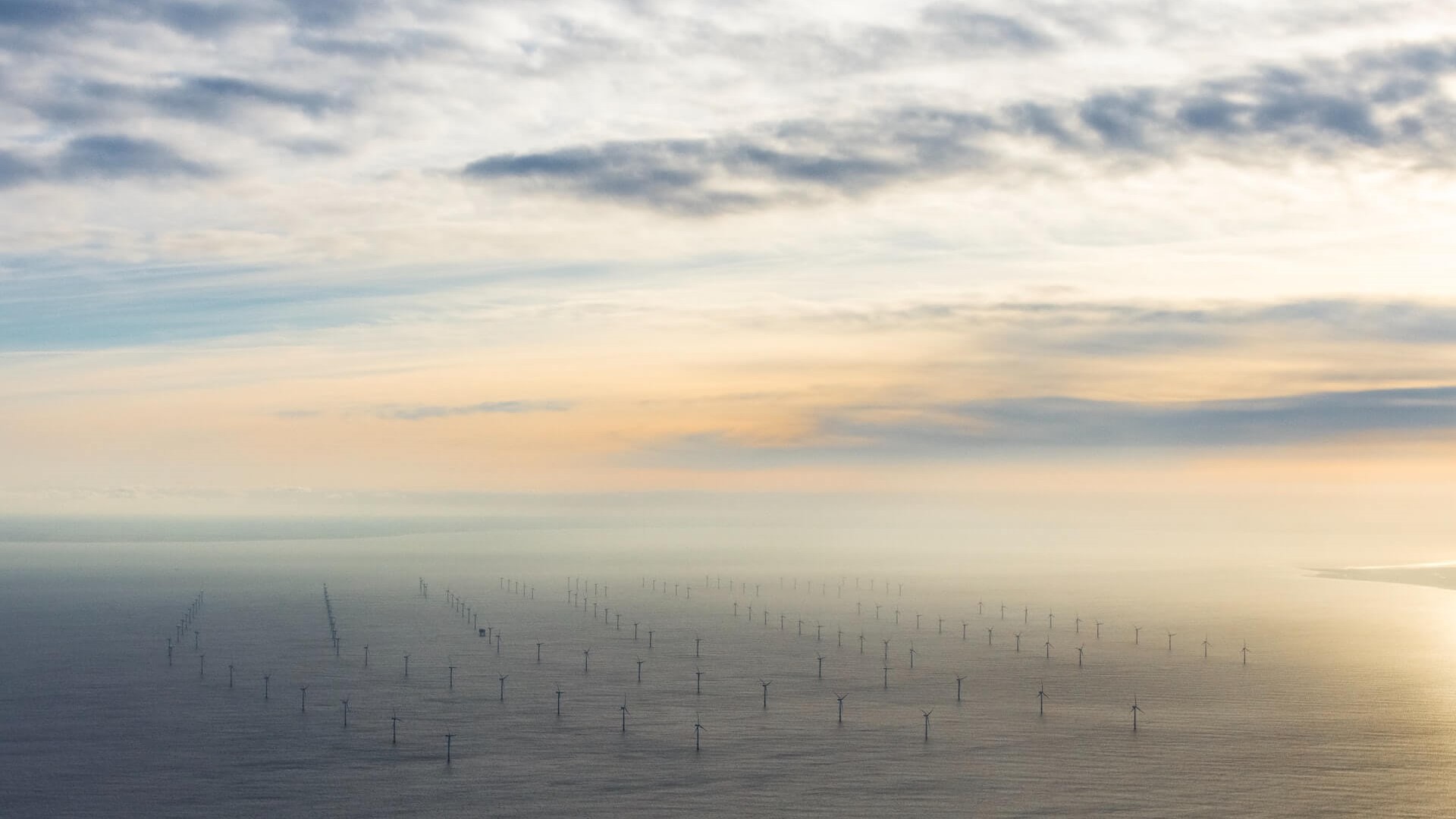
.png)
